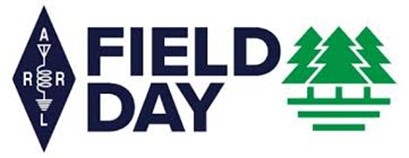
What is Field Day?
It is an event where hams in the United States and Canada attempt to contact as many stations as possible on the 160-, 80-, 40-, 20-,15- and 10-meter HF bands, as well as all bands 50 MHz and above. Hams also learn to operate in abnormal situations in less than optimal conditions. This year’s event will take place June 24-25.
This highly anticipated gathering dates back to 1933, when F.E. Handy, W1BDI, came up with the idea for “International Field Day.” It was an absolute hit among the ham radio community. Every year since (except for a period during WW2), Field Day has taken place during the fourth week of June and remains the most popular event in amateur radio to this day.
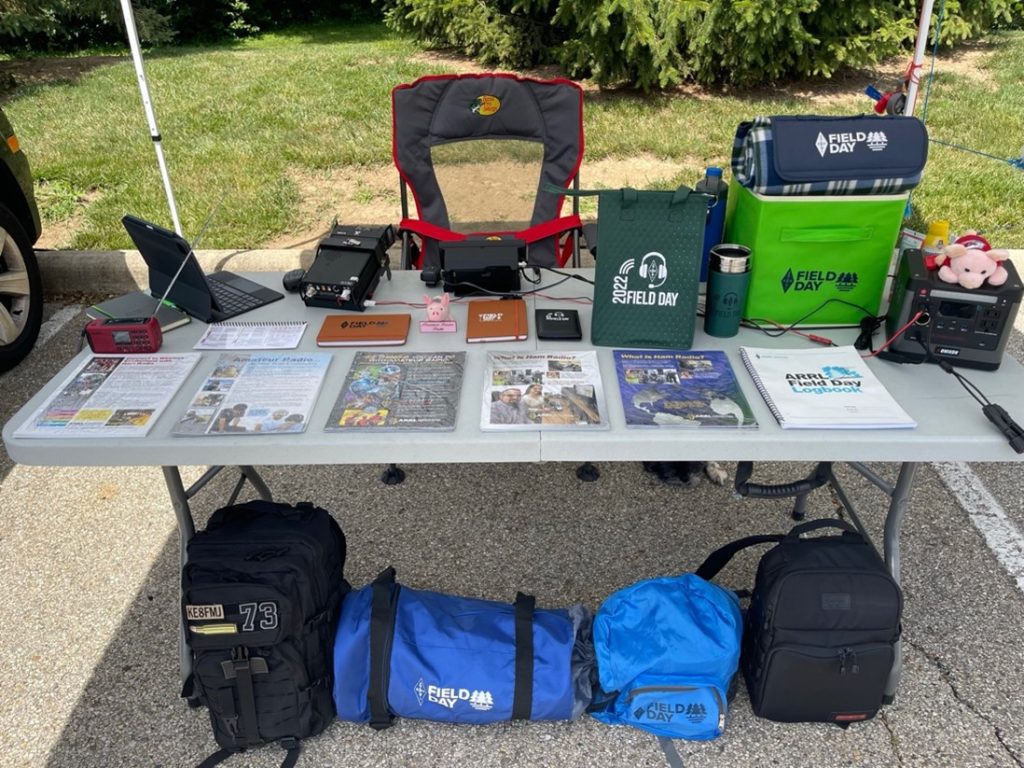
But Field Day is much more. It can be a picnic, a camp, an emergency practice and/or an informal contest. It is an exercise in practicing community outreach, emergency preparedness, and technical skills.
It is a time when many aspects of amateur radio come together to highlight the many roles we can play. While some operators view it only as a contest, other operators and groups use Field Day to practice their emergency response capabilities. It is an excellent opportunity to demonstrate amateur radio to the organizations that we might serve in an emergency and to the public in general.
The contest portion of Field Day has two purposes. The primary purpose is to test the individual’s or group’s ability to plan operations that cover an entire 24-hour period. This tests operator endurance and showcases the number of operators available and trained for a group shift operation. The secondary purpose is to demonstrate the technical proficiency of the station and individual(s) that have been quickly thrown together in order to make the contacts. A well-constructed station will be capable of emergency operations in rough conditions as well as making many contacts during Field Day.
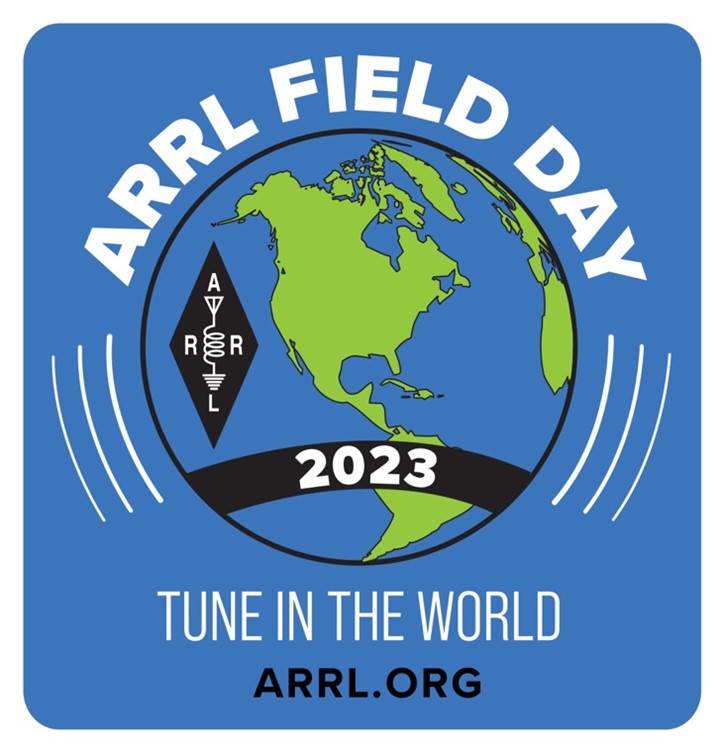
Field Day is also often used to attract publicity for amateur radio. Public Information Officers (PIOs) contact local media and other interested parties and invite them to visit or even to participate. Some groups can simultaneously demonstrate different modes including single-sideband (SSB) voice, Morse code, older and newer digital modes (RTTY, PSK31, and FT8, among others) and even two-way communication via amateur radio satellite.
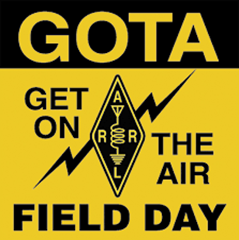
Field Day is also a learning event. Get on the Air (GOTA) stations let unlicensed or Technican-licensed operators who have little or no experience get a taste of what it’s like operating a radio. Other licensees are eligible if they haven’t been on the radio in at least a year. A mentor is available to assist with using the equipment provided.
In addition, educational programs can be put together and conducted during the event.
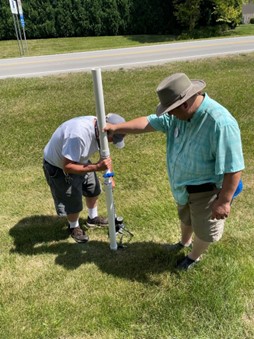
The term Field Day refers to setting up a station “in the field,” meaning you’re setting up a temporary station to send and receive communications in an unfamiliar place. This practice prepares operators for emergency situations so they can react and communicate to the rest of the world no matter where they are physically located at the time of an emergency. There is a separate category for the many home stations that participate as well.
No matter how you choose to set up on Field Day, it should be a celebration. Even if your Field Day isn’t a large party, it’s the perfect time to celebrate amateur radio’s contributions to society and the improvements ham radio has added to the world.
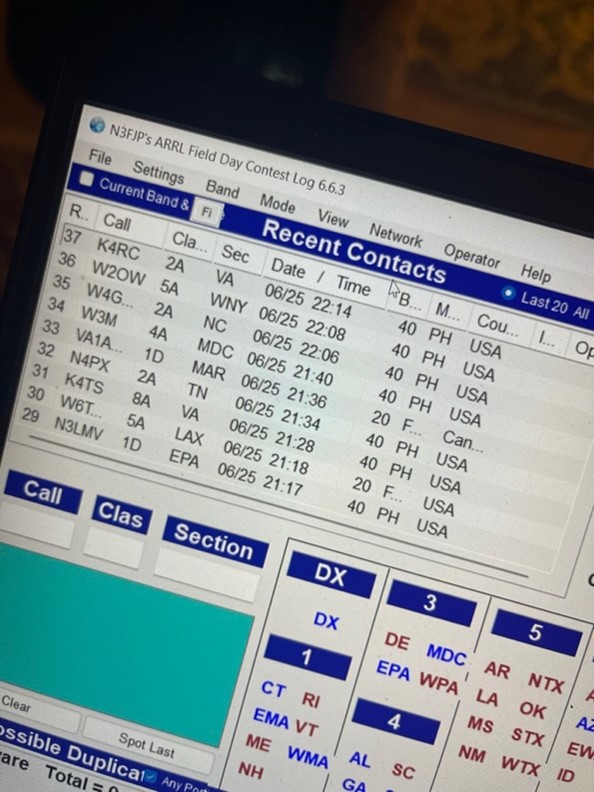
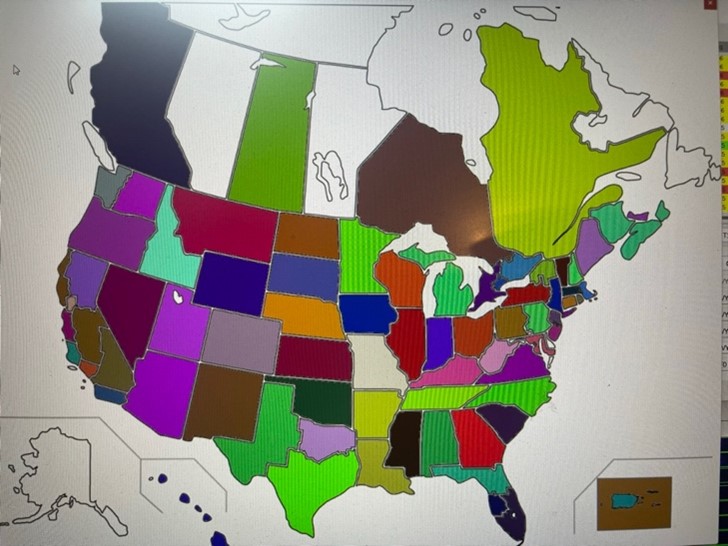
Questions? Share them in the comments below or email me at KE8FMJ@gmail.com.

